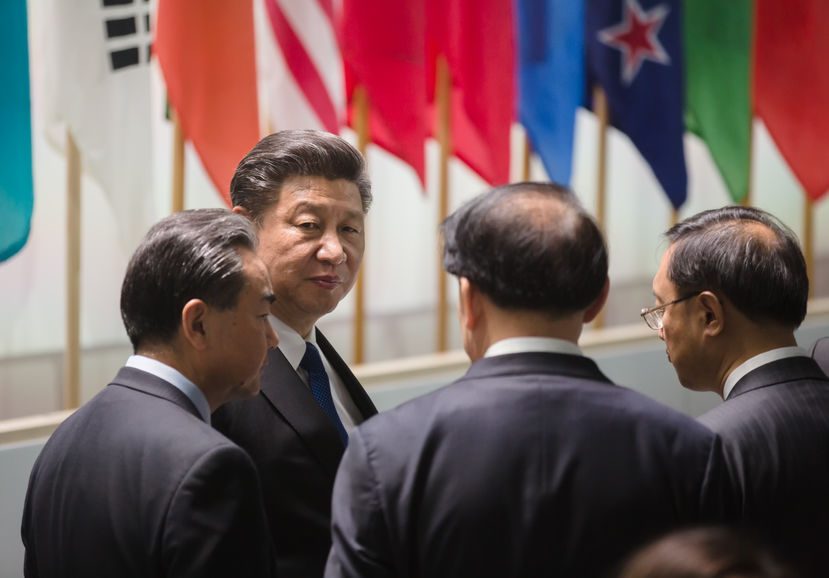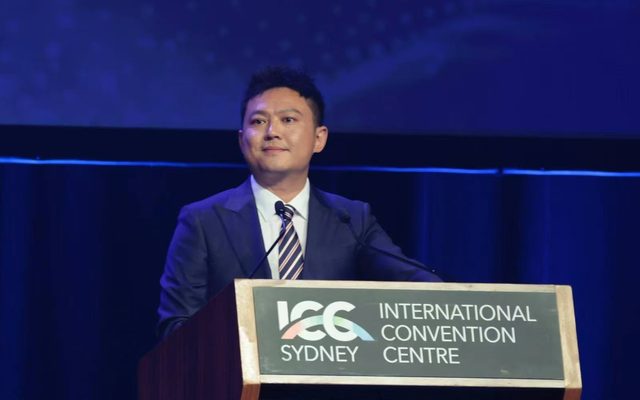This article is from the Australian Property Journal archive
CHINA’S industrial property market is the most exposed real estate sector to a protracted trade war between Beijing and the Trump White House, although the Belt and Road initiative, moves by the government to ease restrictions on inbound investment and the country’s manufacturing role in a range of supply chains across the world will provide safeguards.
A CBRE Marketflash note also suggested local demand is underpinning transaction activity in the office market, and the offshore real estate controls introduced by Beijing last year have proved to be more of an impost to capital outflow than the tariffs.
The People’s Bank of China recently announced measures to support domestic liquidity, lower financing costs and stimulate growth, while it will inject RMB 750 billion – around US$109.2 billion – of cash into the economy, following a pledge from Beijing to speed up plans to invest in infrastructure projects, and tax cuts for individuals and corporates and monetary easing to support SMEs are also possible.
“While the increasing level of hedging cost has prompted greater caution among foreign investors in China, there remains considerable interest from such groups in office and logistics assets,” CBRE’s head of research, Asia Pacific, Henry Chin said.
“Selected overseas buyers are exploring opportunities to form partnerships with local developers for build-to-rent multifamily properties, aided by supportive government policies,” he added.
South east Asia is poised as the region most likely to benefit from a prolonged US-China trade conflict, headed by Vietnam emerging as the preferred location for manufacturers shifting production away from the mainland.
Chin said this could serve as a catalyst to speed up the integration of the Association of Southeast Asian Nations.
Chin said although some low-cost labour-intensive manufacturers started moving production away from China to cheaper markets several years ago, the trade conflict prompting firms speed up relocation decisions.
“We also understand that several Asia-based electronics companies are considering relocating some production capacity out of China to reduce operating costs. However, many companies will retain production operations on the mainland to serve markets not engaged in trade conflict with China as the country retains its status as a key centre for value-added manufacturing within the global supply chain,”
Authorities have relaxed restrictions on Foreign Direct Investment, which have played a role in attracting major players such as Tesla, which has announced plans to construct a giga factory in Shanghai, while BASF will develop the first wholly foreign-owned chemicals complex in China, in Guangdong.
Chin said the modern logistics sector is likely to be relatively unaffected by US tariffs as it remains driven by domestic sales growth. Domestic e-commerce and third-party logistics firms accounted for almost 80% of logistics leasing activity in China in the first half of this year.
Around 20% of China’s A-grade office space is tenanted by US and Chinese companies operating in sectors hit by tariffs, but authorities have similarly eased restrictions on foreign operators in the sector. These have included opening the insurance industry and related businesses to qualified foreign investors as well as the scope of business of foreign insurance companies to that of local firms, and easing rules that require insurers to have a representative office in China for two years, and ending foreign ownership caps for banks and asset management companies.
Chin said the US tariffs have had little impact on Chinese buyers purchasing assets abroad, with current restrictions on outbound investment still the main deterrent.
Controls introduced last yearby Beijing have seen major players such as Dalian Wanda and Greenland scale back their debt-fueled offshore real estate buying spree. This week Greenland sold three sites within its US$5 billion development in New York City.
Beijing-based HNA Group sold a Sydney office building for $200 million earlier this year. HNA is also a major investor in airline Virgin Australia, and is said to be mulling the sale of its 19.8% stake.
Dalian Wanda quickly moved to sell some US$5 billion worth of projects, including the Jewel One tower on the Gold Coast and One Circular Key in Sydney, as well as sites in Los Angeles, Chicago and London, while Greenland has offloaded assets in San Francisco and New York.
“Chinese Sovereign Wealth Funds (SWFs) are likely to remain the most active investors in overseas real estate. There may also be some isolated cases of large Chinese firms purchasing assets abroad for self-use,” Chin said.
“The domestic investment market remains liquid and local investors are displaying a healthy appetite for new acquisitions, particularly in tier II and III cities. Nevertheless, deleveraging remains a concern, and authorities have repeatedly stressed that any monetary easing will not be targeted at the property sector.”
Australian Property Journal




